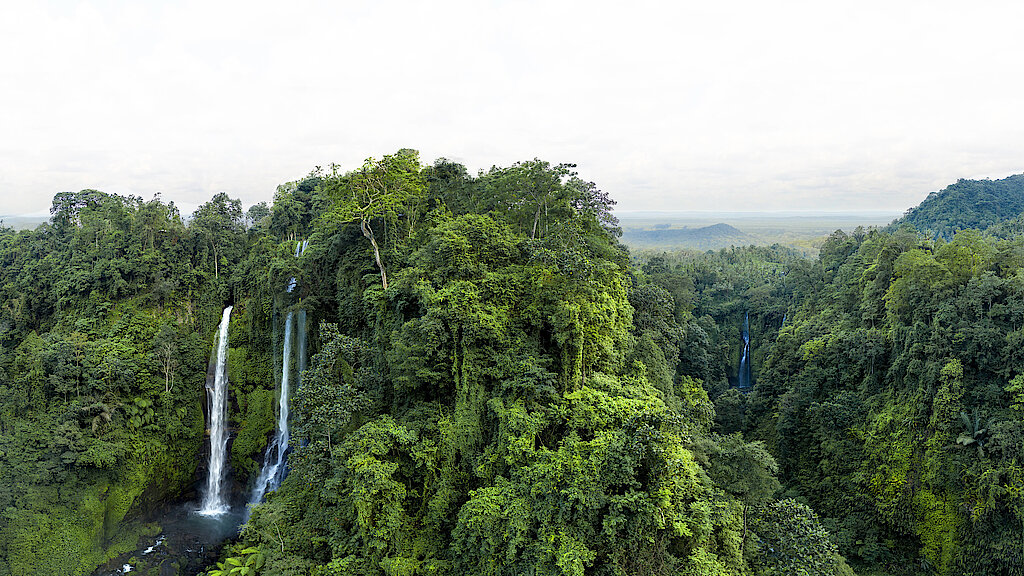Climate change increases extreme weather events
It is scientifically proven that climate change leads to a more likely occurrence of extreme natural events. According to the World Meteorological Organization, the occurrence of extreme weather events such as storms, droughts or heavy rainfall has risen sharply over the past 50 years. Between 1970 and 2019, around 11,000 disasters were reported that can be attributed to natural disasters caused or facilitated by humans. Weather- or climate-related disasters, which are classified as extreme, also occur significantly more frequently. The result: two million deaths worldwide, around 90 percent of them from developing countries.
Natural disasters and climate change threaten poor countries in particular
Developing countries are often particularly exposed to severe natural disasters. In addition, the inhabitants of these countries are often the most affected by extreme weather events, as they have less capacity to cope with extreme weather. People living in rural areas are particularly affected. They often do not have sufficient resources to adapt to climate change or to undertake disaster preparedness.
Resilience to the impacts of climate change thus results from various factors: the more fragile the infrastructure, the higher the level of extreme poverty and the poorer the access to the public health system, the more vulnerable the society is to extreme weather events. While these extreme natural events cannot be directly prevented, countries can reduce disaster risk by fighting poverty and hunger, strengthening education and health, and taking precautionary measures.
Precautionary measures to adapt to climate change
Our international projects also have to withstand extreme weather events from time to time. At the end of January, for example, our project site in Malawi was hit by a tropical storm whose strong winds and heavy rainfall triggered severe flooding, destroyed parts of the infrastructure in the villages and also knocked out the electricity for 48 hours. The tropical storm once again highlights the risks of the consequences of climate disasters in the region.
Our DAF plots established in the project remained intact because thanks to the diversity of plants and the density of planting, the topsoil is "held in place" even during storms or other extreme weather events. Thanks to the resilience of the DAF cultivation method to the impacts of climate change, the farming families at our project site are well equipped to deal with extreme weather impacts of climate change. By supporting small farmers, our project promotes not only the preservation of native nature but also the fight against poverty and hunger at the same time.
Source:









